Introduction
If you’ve ever wondered “What is aubergines in Italian?” , the answer is simple yet fascinating: melanzane . This versatile vegetable has been a staple in Mediterranean cuisine for centuries, gracing tables across Italy with its rich flavors and creamy textures. Whether roasted, grilled, or baked, eggplants (or aubergines) offer endless possibilities for delicious meals. In this comprehensive guide, we’ll explore the origins of melanzane, provide a mouthwatering recipe, and share expert tips to help you master this iconic ingredient.
The Origins of Melanzane
Eggplants have a long history that dates back thousands of years. Originally cultivated in India, they made their way to the Middle East and eventually reached Europe via trade routes. Italians embraced eggplants wholeheartedly, incorporating them into traditional dishes like parmigiana di melanzane and -involtini di melanzane . These recipes highlight the vegetable’s ability to absorb flavors while maintaining its unique texture.
Fun Fact: In medieval times, eggplants were sometimes called “mad apples” due to a belief that consuming too many could cause insanity. Thankfully, modern science proves otherwise!
Joke Time: Why did the melanzana go broke? Because it spent all its seeds on fancy sauces!
Why Are Aubergines So Popular in Italian Cuisine?
Melanzane are beloved in Italian kitchens for several reasons:
- Versatility : They can be prepared in countless ways, from frying to baking to stuffing.
- Flavor Absorption : Eggplants soak up marinades, oils, and spices like sponges, enhancing any dish.
- Nutritional Value : Low in calories but high in fiber, vitamins, and antioxidants, melanzane make healthy eating enjoyable.
These qualities make melanzane an essential component of Italian gastronomy, appearing in both humble home-cooked meals and sophisticated restaurant creations.
Step-by-Step Melanzane Recipe: Parmigiana di Melanzane
Ready to create your own authentic Italian dish? Follow this classic recipe for parmigiana di melanzane , a crowd-pleasing casserole packed with layers of flavor.
- Prep Time: 30 minutes
- Cook Time: 45 minutes
- Total Time: 75 minutes
- Yield: Serves 6
- Type of Dish: Main Course
- Cuisine: Italian
Ingredients
For the Eggplants:
| Ingredient | Quantity |
|---|---|
| Large eggplants | 2 |
| Olive oil | As needed |
| Salt | To taste |
For the Sauce:
| Ingredient | Quantity |
|---|---|
| Canned tomatoes | 2 cups |
| Onion | 1 medium |
| Garlic | 2 cloves |
| Basil leaves | 1/4 cup |
| Olive oil | 2 tbsp |
| Salt and pepper | To taste |
Assembly:
| Ingredient | Quantity |
|---|---|
| Mozzarella cheese | 1 cup, shredded |
| Parmesan cheese | 1/2 cup, grated |
| Fresh basil | As garnish |
Instructions
- Prepare the Eggplants
Slice the eggplants lengthwise into 1/4-inch thick pieces. Sprinkle generously with salt and let them sit for 20 minutes to draw out excess moisture. Pat dry with paper towels. - Fry the Eggplant Slices
Heat olive oil in a skillet over medium heat. Fry the eggplant slices until golden brown on both sides. Remove and place on paper towels to drain excess oil. - Make the Tomato Sauce
In a saucepan, sauté chopped onion and garlic in olive oil until softened. Add canned tomatoes, breaking them apart with a spoon. Stir in basil, salt, and pepper. Simmer for 20 minutes. - Assemble the Casserole
Spread a thin layer of tomato sauce in the bottom of a baking dish. Arrange a layer of fried eggplant slices, followed by more sauce, mozzarella, and Parmesan cheese. Repeat until all ingredients are used, finishing with a layer of cheese. - Bake Until Golden
Preheat your oven to 375°F (190°C). Bake the casserole for 30-35 minutes, or until bubbly and golden on top. Let it rest for 10 minutes before serving.
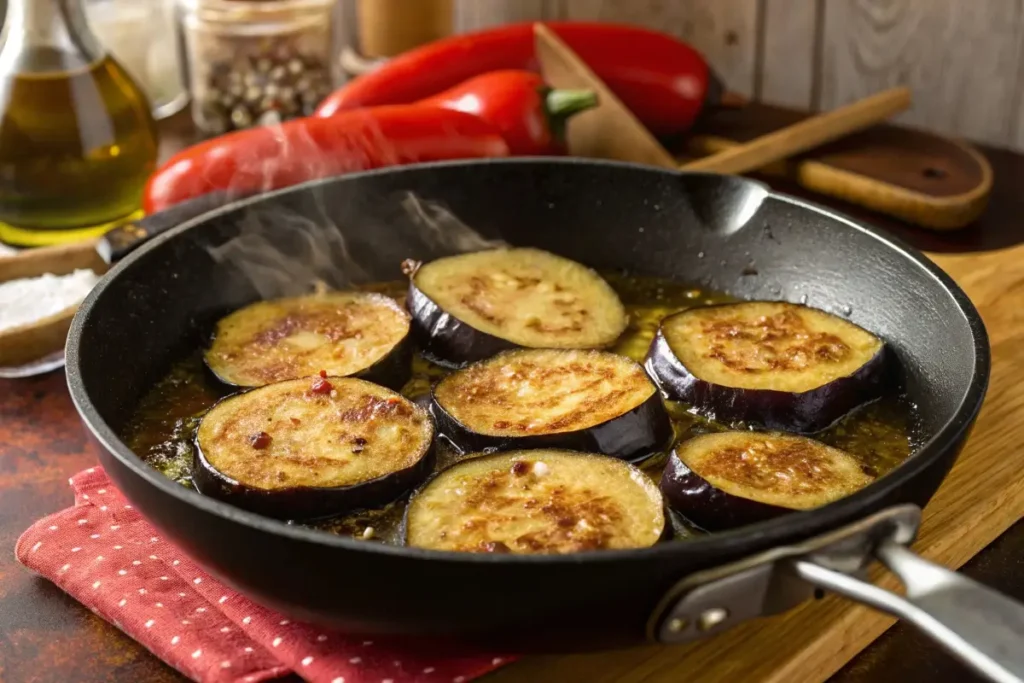
Nutrition Facts
Here’s a breakdown of the nutritional content per serving (based on homemade preparation):
| Nutrient | Amount per Serving |
|---|---|
| Calories | 280 kcal |
| Total Fat | 15 g |
| Saturated Fat | 5 g |
| Cholesterol | 20 mg |
| Sodium | 400 mg |
| Total Carbohydrates | 25 g |
| Dietary Fiber | 5 g |
| Sugars | 8 g |
| Protein | 10 g |
Tips for Cooking with Melanzane
To ensure your melanzane dishes turn out perfectly every time, keep these tips in mind:
- Salt Before Cooking : Salting eggplants reduces bitterness and draws out excess water, resulting in firmer textures.
- Choose Firm Vegetables : Select eggplants with smooth, shiny skin and no soft spots for best results.
- Don’t Overcrowd the Pan : When frying, cook the slices in batches to prevent steaming instead of browning.
Creative Variations of Melanzane Recipes
While parmigiana di melanzane is a timeless favorite, there are countless ways to experiment with this versatile ingredient. Here are a few ideas:
- Grilled Melanzane : Brush slices with olive oil, season with herbs, and grill until tender.
- Stuffed Melanzane : Hollow out small eggplants and fill them with ricotta, spinach, and breadcrumbs before baking.
- Melanzane alla Caponata : Chop eggplants into cubes and toss them with onions, capers, olives, and vinegar for a sweet-and-savory Sicilian stew.
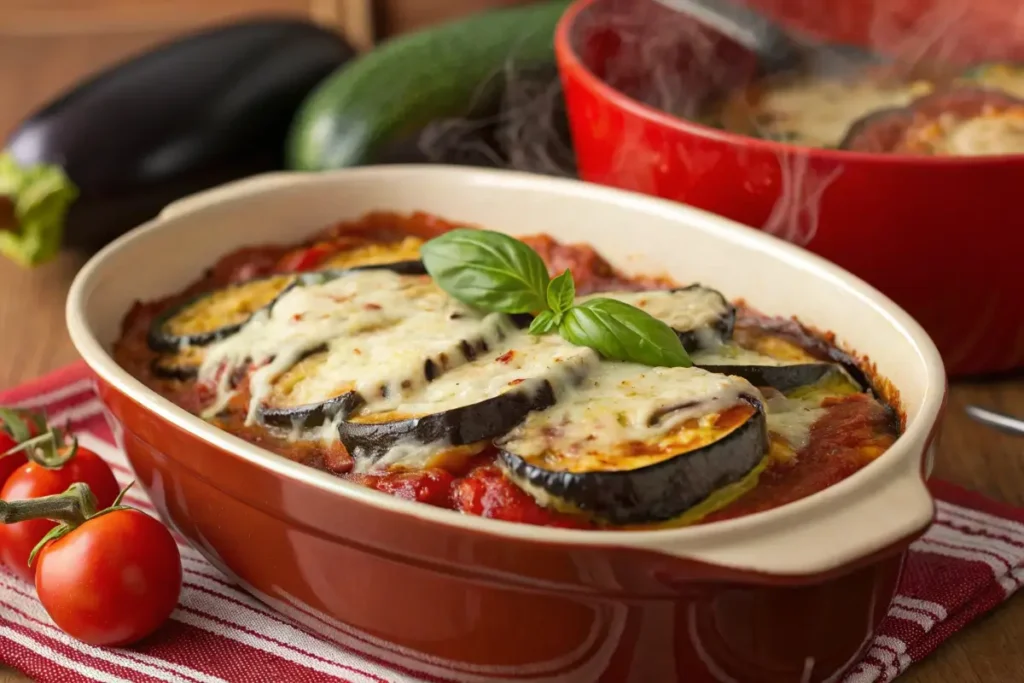
The Science Behind Melanzane’s Unique Flavor
Ever wondered why melanzane has such a distinct taste? The secret lies in its chemical composition and cooking techniques. Eggplants contain compounds like solanine and nasunin, which contribute to their slightly bitter yet earthy flavor. However, proper preparation can enhance or mellow these characteristics.
Salting: A Game-Changer
Salting eggplants before cooking is a time-honored technique that serves multiple purposes:
- Reduces Bitterness : Salt draws out excess moisture and tannins, minimizing bitterness.
- Improves Texture : Removing water content helps achieve a firmer texture when frying or roasting.
Roasting vs. Grilling
Different cooking methods bring out varying nuances in melanzane’s flavor profile:
- Roasting : Concentrates sugars and intensifies sweetness, creating a creamy interior.
- Grilling : Adds smoky notes and caramelizes the exterior for added depth.
Understanding these principles allows you to tailor your recipes based on desired outcomes, whether you want a rich, velvety dish or something lighter and more vibrant.
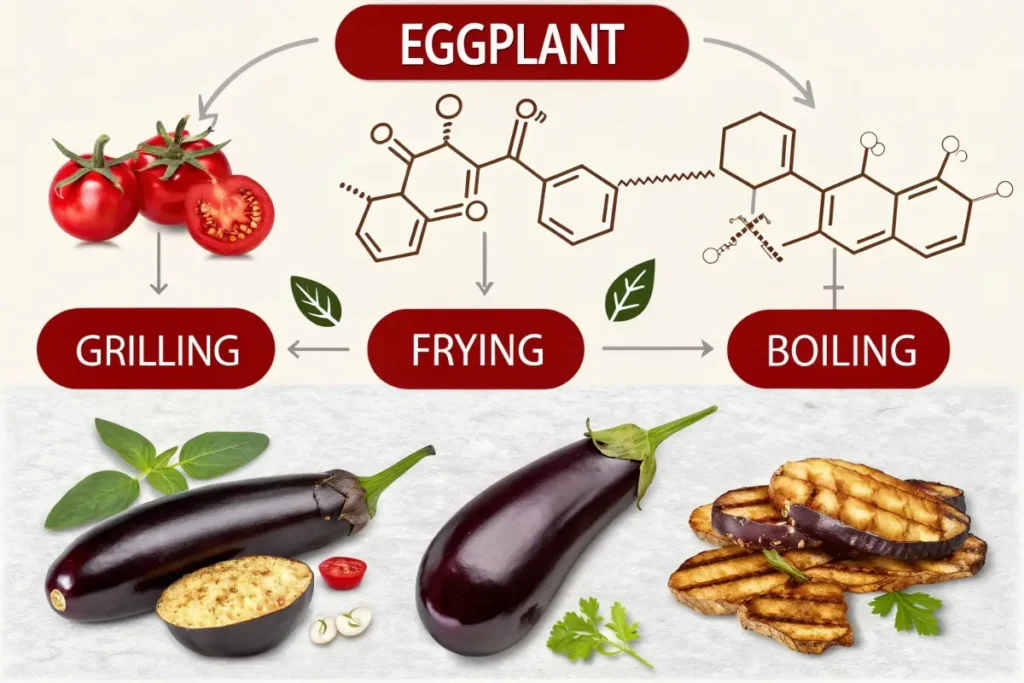
Melanzane Around the World
While melanzane holds a special place in Italian cuisine, it is also celebrated globally in diverse forms. Here’s how other cultures incorporate this versatile vegetable into their culinary traditions:
Middle Eastern Baba Ghanoush
In the Middle East, roasted eggplant is mashed with tahini, lemon juice, garlic, and olive oil to create baba ghanoush—a dip beloved across the region. Its smoky richness pairs beautifully with pita bread or fresh vegetables.
Indian Baingan Bharta
India transforms grilled or roasted eggplants into baingan bharta, a spicy mashed dish seasoned with onions, tomatoes, ginger, and spices. This comforting recipe highlights the vegetable’s ability to absorb bold flavors.
Japanese Nasu Dengaku
Japan showcases melanzane in nasu dengaku, where broiled eggplant halves are slathered with miso-based glaze. The combination of savory miso and tender eggplant creates an unforgettable experience.
These global adaptations demonstrate the universal appeal of melanzane, proving that its versatility transcends borders and cuisines.
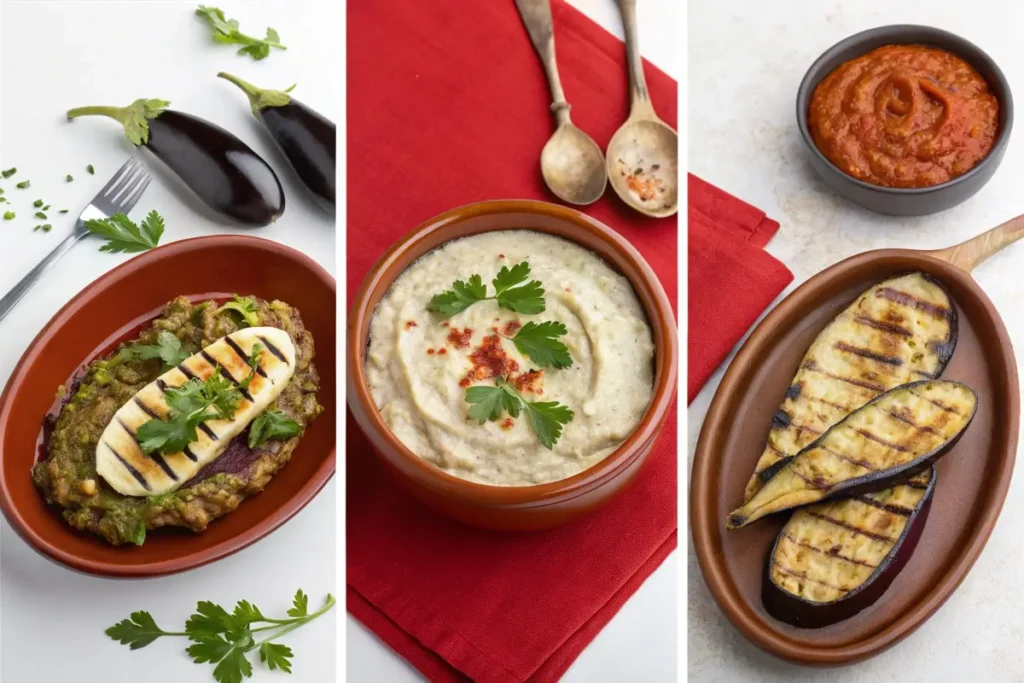
The Health Benefits of Melanzane
In addition to their culinary appeal, melanzane offer numerous health benefits. Rich in antioxidants like nasunin, they support brain health and reduce inflammation. Plus, their low-calorie count makes them ideal for weight management. Incorporating melanzane into your diet can boost overall wellness while satisfying your taste buds.
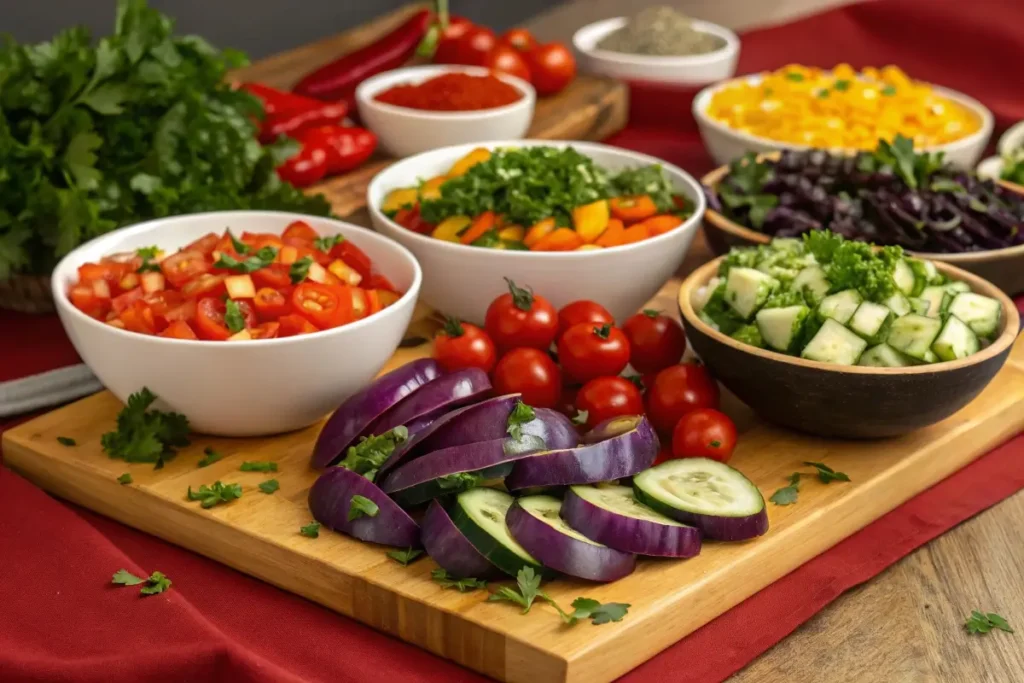
Pairing Ideas for Your Melanzane Dishes
No meal is complete without the right accompaniments. Here are some pairing suggestions to elevate your melanzane creations:
- Pasta : Serve parmigiana di melanzane alongside spaghetti or penne for a filling dinner.
- Salads : Toss grilled melanzane with arugula, cherry tomatoes, and balsamic dressing for a refreshing appetizer.
- Bread : Offer crusty baguettes or ciabatta to soak up savory sauces.
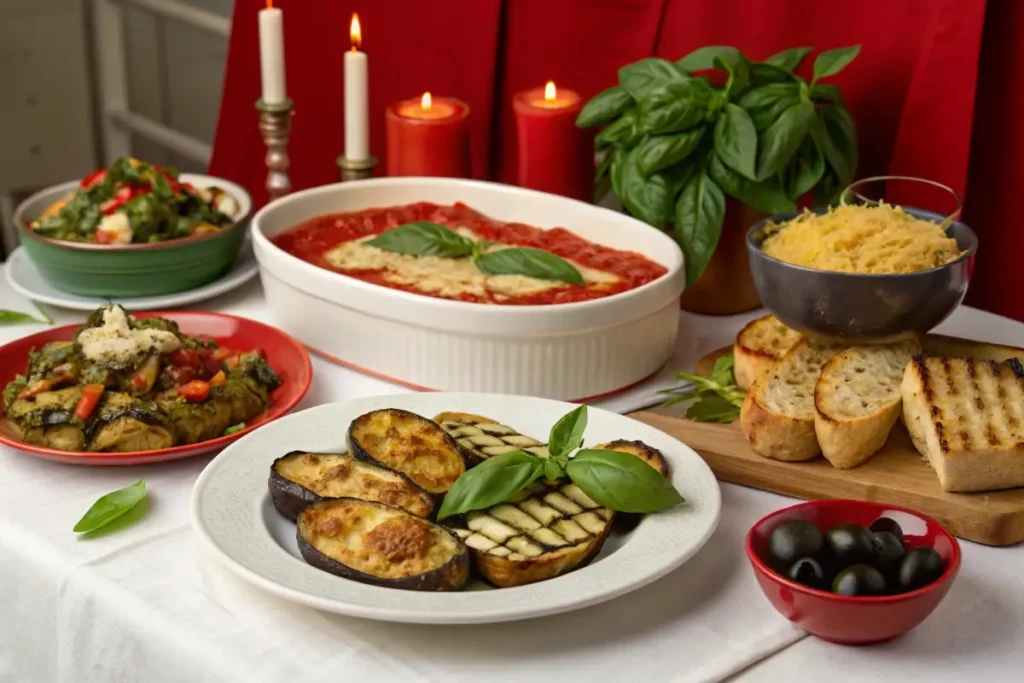
Tips for Shopping and Storing Melanzane
Choosing the right melanzane and storing it properly are crucial steps in ensuring your dishes turn out perfectly. Here’s how you can shop smart and keep your eggplants fresh for longer:
How to Pick the Perfect Melanzane
When selecting melanzane at the grocery store or farmer’s market, look for these qualities:
- Firm Texture : Gently press the skin; it should bounce back without leaving a dent.
- Shiny Skin : A glossy exterior indicates freshness and ripeness.
- Stem Integrity : The stem should be green and intact, as brown or dry stems may signal older produce.
Proper Storage Techniques
To maximize the shelf life of your melanzane, follow these simple tips:
- Refrigerate Whole Eggplants : Store unwashed eggplants in the crisper drawer of your fridge for up to five days.
- Avoid Moisture : Wrap them loosely in a paper towel or breathable bag to prevent excess moisture buildup.
- Freeze for Long-Term Use : Slice and blanch eggplants before freezing them in airtight containers. They’ll stay good for up to six months.
By paying attention to these details, you can ensure your melanzane remains fresh and flavorful, ready to star in any recipe you choose.
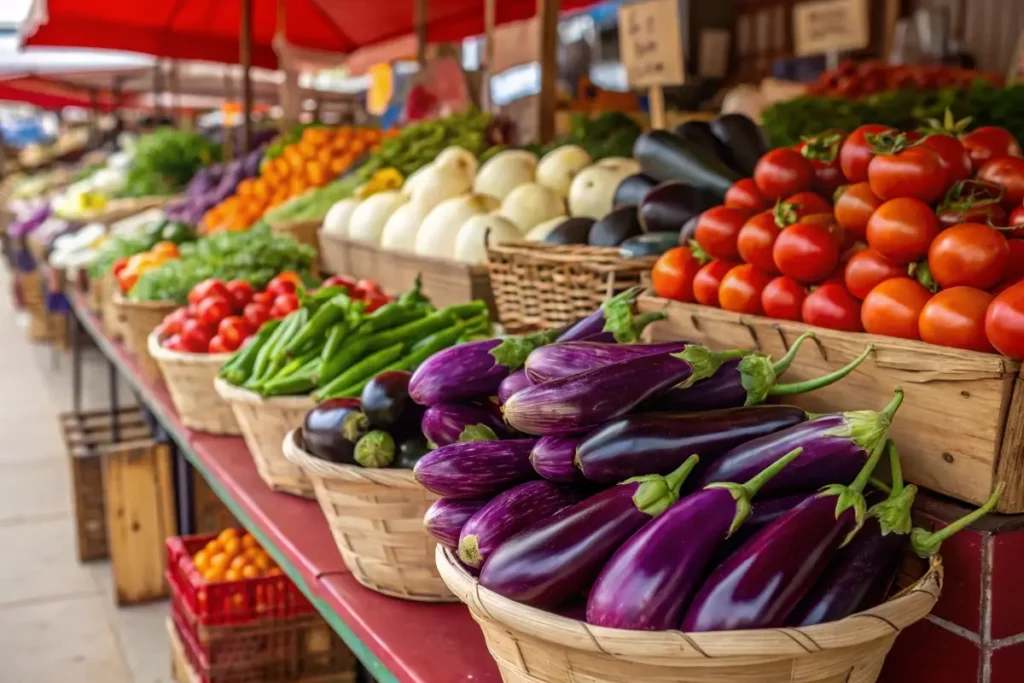
Frequently Asked Questions (FAQs)
Q1: Can I use zucchini instead of melanzane?
Yes, zucchini can be substituted in some recipes, though it will alter the flavor and texture slightly.
Q2: How do I store leftover melanzane dishes?
Refrigerate leftovers in an airtight container for up to 3 days. Reheat gently in the oven or microwave.
Q3: Are melanzane gluten-free?
Yes, eggplants themselves are naturally gluten-free. Just ensure any sauces or coatings used are also free of gluten.
Q4: Can I freeze melanzane-based meals?
Absolutely! Many melanzane dishes freeze well for up to 3 months. Thaw overnight in the fridge before reheating.
Conclusion
Now that you know what aubergines are in Italian (melanzane ) and how to prepare them, you’re ready to dive into the world of Italian cuisine. Whether enjoyed as part of a hearty main course or transformed into creative side dishes, melanzane bring depth and flavor to every meal. So grab your ingredients, roll up your sleeves, and start cooking today!
Happy cooking—and mangia bene!
Print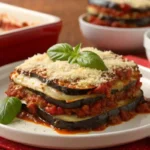
Parmigiana di Melanzane
- Total Time: 1 hour 15 minutes
- Yield: Serves 6
Ingredients
For the Eggplants:
- Large eggplants – 2
- Olive oil – As needed
- Salt – To taste
For the Sauce:
- Canned tomatoes – 2 cups
- Onion – 1 medium
- Garlic – 2 cloves
- Basil leaves – 1/4 cup
- Olive oil – 2 tbsp
- Salt and pepper – To taste
Assembly:
- Mozzarella cheese – 1 cup, shredded
- Parmesan cheese – 1/2 cup, grated
- Fresh basil – As garnish
Instructions
-
Prepare the Eggplants
Slice the eggplants lengthwise into 1/4-inch thick pieces. Sprinkle generously with salt and let them sit for 20 minutes to draw out excess moisture. Pat dry with paper towels. -
Fry the Eggplant Slices
Heat olive oil in a skillet over medium heat. Fry the eggplant slices until golden brown on both sides. Remove and place on paper towels to drain excess oil. -
Make the Tomato Sauce
In a saucepan, sauté chopped onion and garlic in olive oil until softened. Add canned tomatoes, breaking them apart with a spoon. Stir in basil, salt, and pepper. Simmer for 20 minutes. -
Assemble the Casserole
Spread a thin layer of tomato sauce in the bottom of a baking dish. Arrange a layer of fried eggplant slices, followed by more sauce, mozzarella, and Parmesan cheese. Repeat until all ingredients are used, finishing with a layer of cheese. -
Bake Until Golden
Preheat your oven to 375°F (190°C). Bake the casserole for 30-35 minutes, or until bubbly and golden on top. Let it rest for 10 minutes before serving.
- Prep Time: 30 minutes
- Cook Time: 45 minutes
- Category: Main Course
- Cuisine: Italian
Nutrition
- Serving Size: per sering
- Calories: 280 kcal
- Sugar: 8 g
- Sodium: 400 mg
- Fat: 15 g
- Saturated Fat: 5 g
- Carbohydrates: 25 g
- Fiber: 5 g
- Protein: 10 g
- Cholesterol: 20 mg
